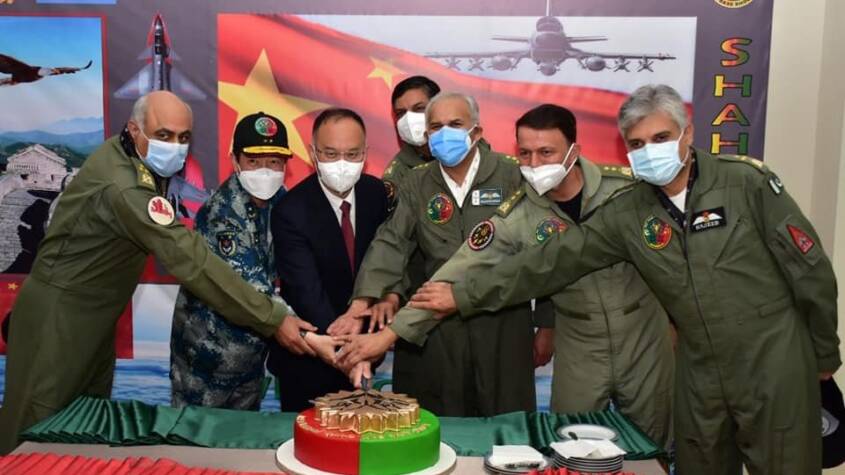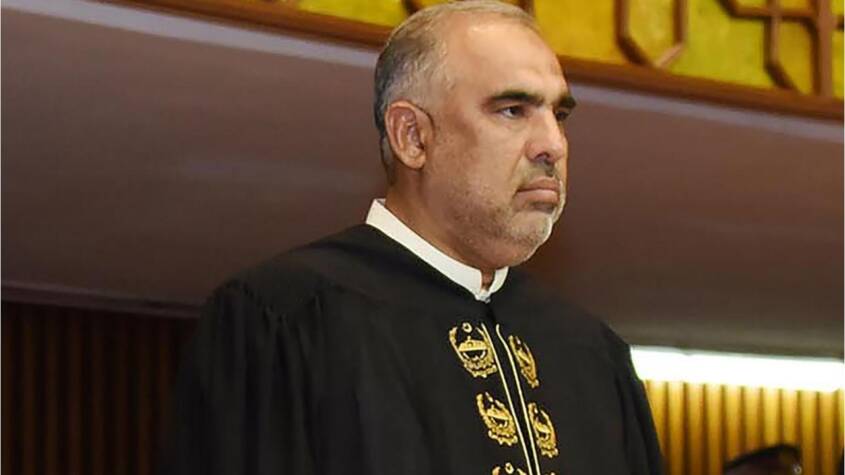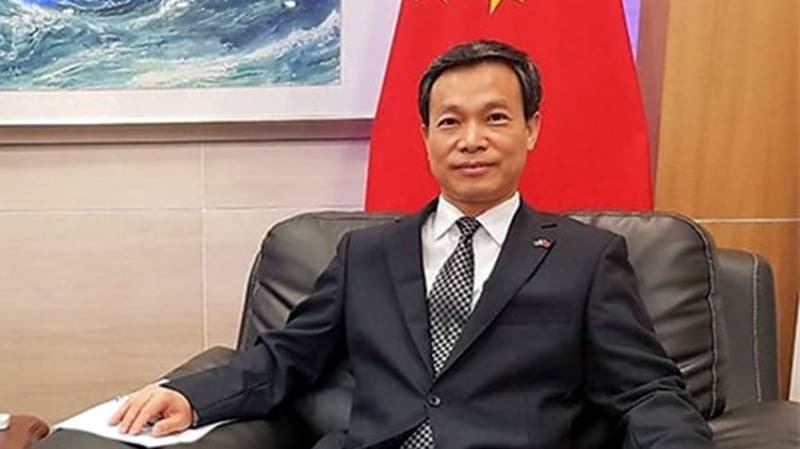Huang Chunyan defies gender stereotypes to lead youth to Everest setting new examples of resilience and professional growth.
For Huang Chunyan, reaching the summit of Qomolangma in 2017 was more than just a mountaineering feat — it was a powerful rebuttal to the gender stereotypes she faced in her rural hometown. Now, she’s returning to the world’s highest peak, also known as Mount Everest, this time leading a group of eight teenagers, including five girls, to forge new paths where the word “impossible” once prevailed.
Hailing from a poor village in Guizhou province, Huang was raised in a culture that believed women should depend on men. She defied this mindset from an early age. Often ridiculed for having ambitions beyond the traditional roles expected of women, she found strength and escape in the surrounding mountains.
She recalls that the wildflowers basking in sunlight taught her to be strong and resilient. In nature, among the mountains, she discovered a sense of empowerment — a belief that anything could be achieved.
These early experiences shaped her determination, leading her to make a personal promise: one day, she would climb to the top of the world to prove that women are just as capable as men in achieving greatness.
Over the years, Huang evolved from a village girl into a seasoned mountaineer. Through more than ten years of intense training, passing multiple challenges, and saving 530,000 yuan (about $73,000) for the climb, she finally secured her place in a 2017 expedition team to Qomolangma — a group of 21 climbers, only three of whom were women.
Related Posts

















